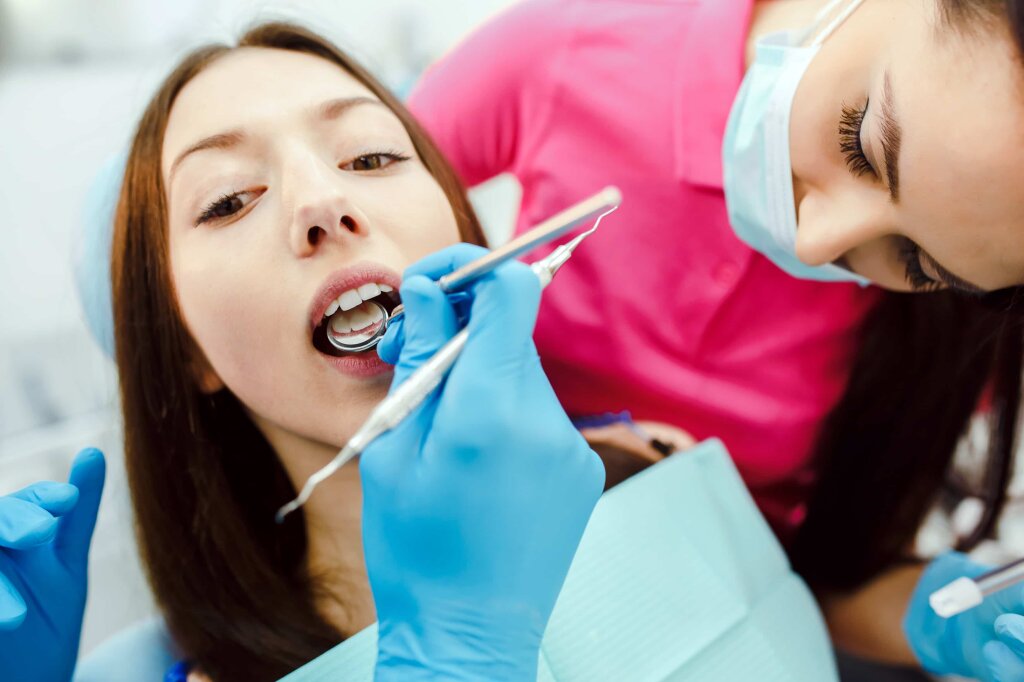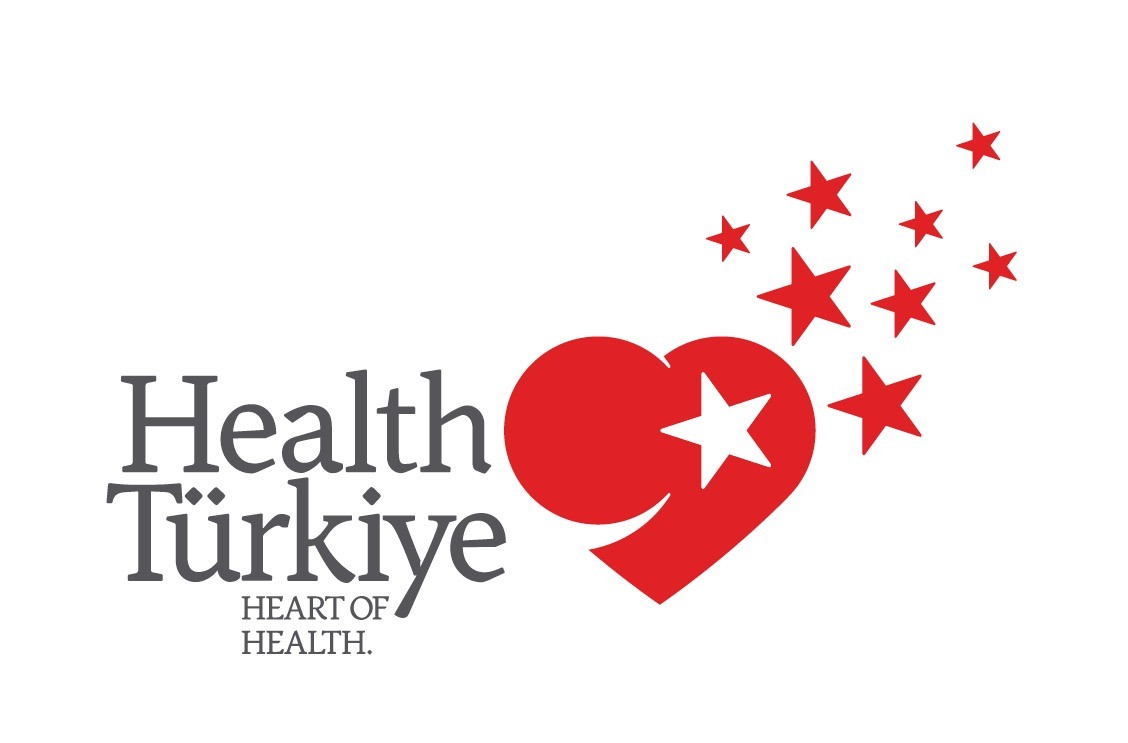Differences Between Zirconium Dental Crowns and Traditional Crowns
When choosing a dental crown, many patients look for the best option in terms of aesthetics and durability. Deciding between zirconium dental crowns and traditional metal-supported crowns can be challenging. So, which is more advantageous? In this article, we will explore the differences between zirconium dental crowns and traditional crowns to help you make the best choice for your dental health and aesthetic needs.
What Are Zirconium Dental Crowns?
Zirconium crowns are strong and durable materials used to improve the aesthetic and functional properties of teeth. Zirconium is a material that exhibits ceramic-like characteristics and closely resembles natural teeth. These crowns are popular for covering gaps, cavities, or aesthetic imperfections in teeth.
What Are Traditional Crowns?
Traditional dental crowns are usually made of porcelain supported by metal. The metal increases the crown's durability, while the porcelain coating provides a more aesthetic appearance. However, over time, the metal may cause a grey line at the gum line, and the aesthetics may degrade.
Aesthetic Differences
Zirconium crowns reflect light like natural teeth, making them an excellent option for patients with aesthetic concerns, especially for front teeth. Unlike metal-supported crowns, zirconium does not cause any discoloration of the gums.
Traditional crowns, on the other hand, may not appear as natural due to the metal component. The metal framework can be visible in areas where light passes through, which might be bothersome for some patients. Traditional crowns are often used for back teeth, where durability is prioritized over aesthetics.
Durability
Zirconium crowns offer high durability. Despite lacking metal support, zirconium’s hardness makes it highly resistant to chewing forces. Another advantage is the lower risk of chipping or cracking, offering a long-lasting solution.
Traditional crowns are also strong due to their metal core but can wear down or chip over time. The porcelain layer may weaken, though metal-supported crowns remain durable.
Biocompatibility
Zirconium is a biocompatible material, meaning it poses a very low risk of allergic reactions and works harmoniously with gum tissue. This minimizes the risk of gum recession or inflammation and is a safe option for long-term oral health.
Traditional crowns, with their metal component, may cause allergic reactions in some patients. Additionally, prolonged contact between metal and gums can lead to both aesthetic and health issues.
Conclusion
Zirconium dental crowns are ideal for patients seeking a natural look and a long-lasting solution. Traditional crowns, while strong, fall short in aesthetics. If you want to enhance your smile or restore your teeth, zirconium crowns might be the best option for you.
In conclusion, when choosing a dental crown, zirconium dental crowns are more advantageous for many patients in terms of both aesthetics and durability. However, it is essential to consult with your dentist to determine which crown is most suitable for you.






